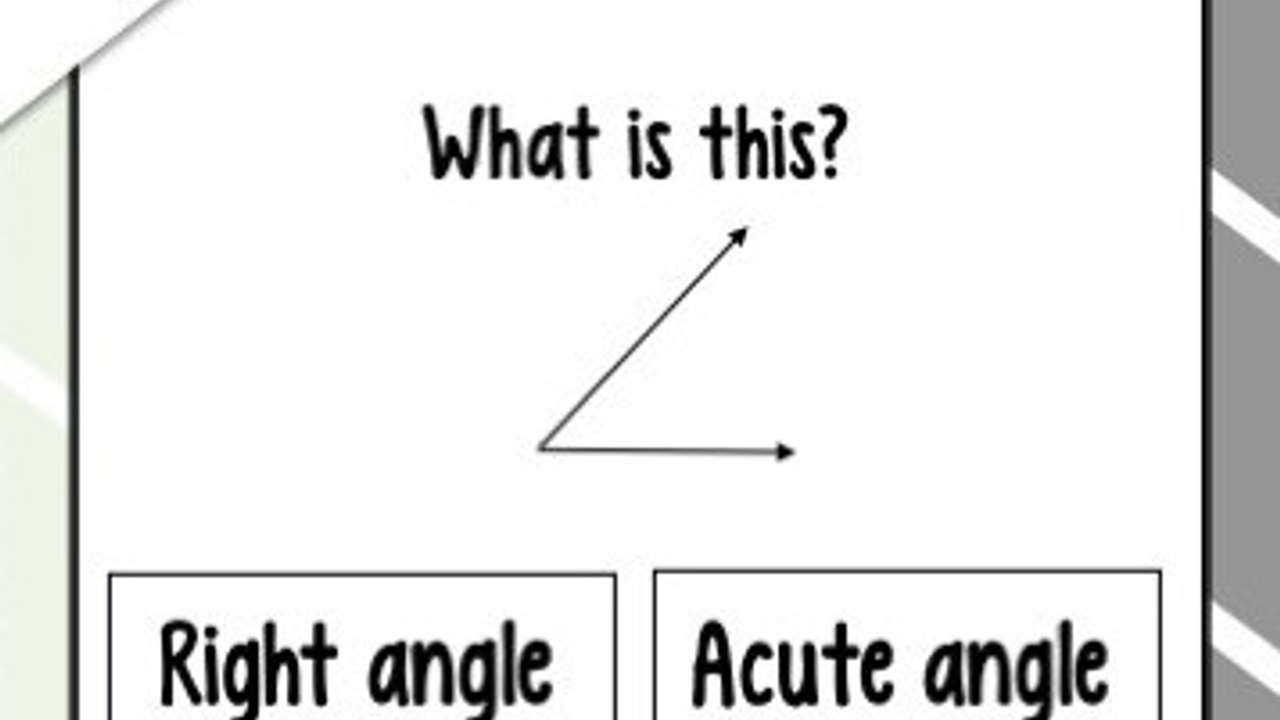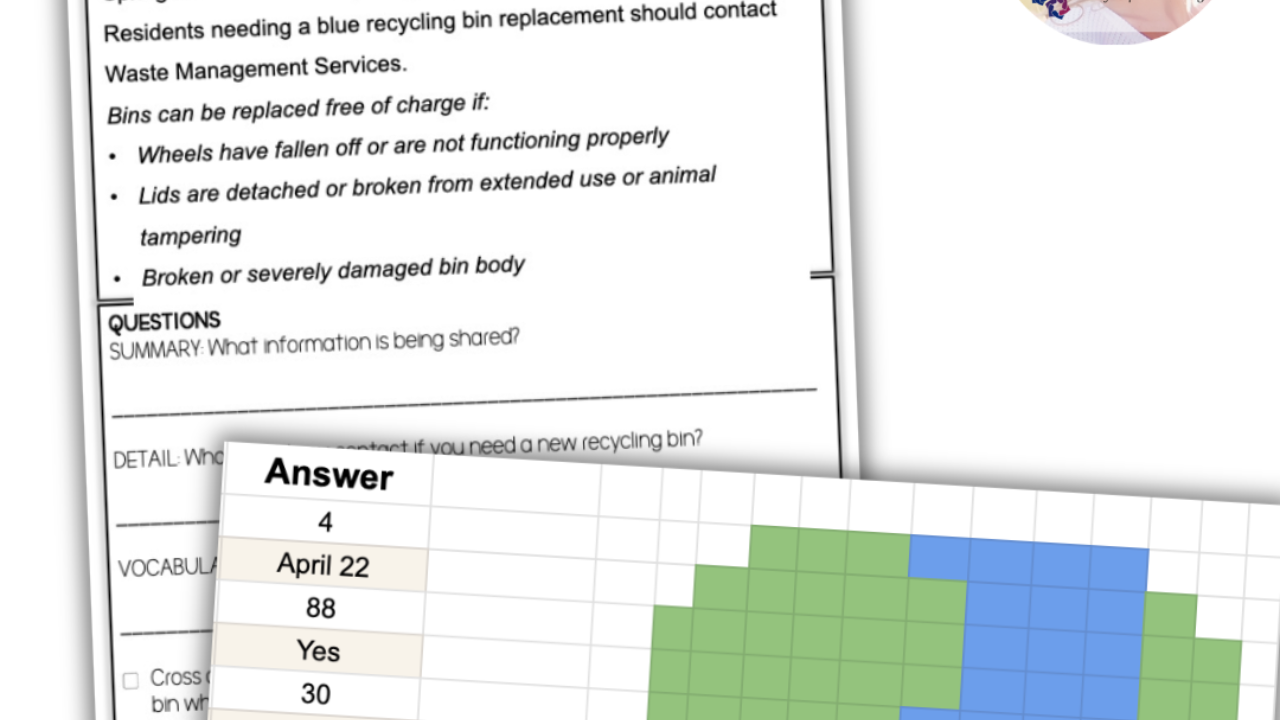How to Teach Geometry Basics
Feb 13, 2021
Our next topic in the Consumer Math Blog Series is about how to teach Geometry. Read more about why and how you can teach Geometry basics using my Geometry Lesson Unit (click here to get your copy). Also, check out the FREE Geometry Jeopardy in my Free Resource Library by subscribing to my newsletter.
Purpose of Teaching Geometry Basics
Whether your district requires you to teach the concept in your consumer math class, you want to give your students a refresher, or you want to break out of the usual consumer math content, teaching the basics of geometry can be fun and welcome break!
Geometry Lesson Unit
Key-Must-Teach Concepts
Geometry is everywhere. Yes, everywhere you look there is a geometry concept or term that you can see, literally everywhere! It’s not as ‘you won’t use this concept after high school’ as your students might think.
Area vs. Perimeter vs Volume. If your students are only ready to learn about area and perimeter, then stop there as the difference is huge (one is around and one is in). If they are ready for another concept, then introduce volume.
Lesson Objective
-
Identify, draw, and measure points, rays, line segments, rays, angles, and parallel and
perpendicular lines.
-
Calculate area and perimeter of a space. Use area and perimeter formulas to find volume
of a space.
Lesson Unit Break Down
Day 1- Start off with the usual visual flow chart to show students how this concept relates to other consumer math topics, then give them a good brain teaser. This lesson does not have a reading passage, so you will skip right to covering the basics in the Notes. Then, dive into the vocabulary and visual examples with the Parts worksheet. *Bring some blue painters tape and start taping different parts around the room that are examples of geometry!
Day 2- The guided practice has students going around the school finding examples of the terms that you covered in the Notes page. ***Be sure to give students a pass before they roam the halls and a specific time to return so none of them get in trouble while wandering the hallways! Students can use a cell phone camera or you can borrow an ipad/digital camera from the library.
*Take the lesson up a notch by having students video themselves finding the geometry term, showing the camera, and defining it.
Day 3- Pack your patience for this day- independent problem solving (or group problem solving). Split your class into two groups (one that can handle area/perimeter, and one that can handle volume). Give them the problem scenario and let them work it out through trial and error. Yes, you can provide guidance, but don’t give away the answer, let them think! Leave enough time at the end of class to reveal the answer and thought process/steps behind it!
Day 4- Review the geometry terms using the task cards (see suggestion below), followed by the assessment. Wrap up the lesson with a word search and functional math review.
Optional Day 5- The lesson unit includes some interactive online games, if you want to extend the learning for another day! *I have no association with these online games.
Geometry Lesson Unit
Listen and Learn
A Listen & Learn is a short, 5 sentence PowerPoint/Google presentation that introduces the topic using visuals and audio. Ideal for non-readers! Read about what they are and how they might be right for your classroom here.
Task Card Idea
Tape the cards around the room, but try to tape the geometry term cards next to an example of the term. For example, tape the card about right angles next to a right angle (like the corner of the whiteboard)! Point out the geometry term using some blue painters tape (or a post-it). Hopefully, you students will use the context clues to find the right answer!
Further Practice Idea
Parks are FULL of geometry! If you have a park near your school, then try to walk there and find the geometry. Send your students with a camera and have them find as many as they can (or give a partner group a specific area and document everything they find in that area).
-Basketball court- court lines and angles
-Baseball field- field lines, base shapes, field line angles, rays
-Playground equipment- equipment lines and angles
-Tennis court- court lines and angles
-Fitness equipment- equipment lines, angles, area, perimeter
-Soccer field- field lines and angles
Ultimate Goal of the Lesson Unit
The goal of this lesson unit is to drive home the absolute basics of geometry. There are no proofs, no sin cos or tan, and no use of a protractor. The hope is that if someone uses a basic geometry term with your student in the future (like right angle or ray), then they would have enough basic knowledge to know what they are talking about.
Geometry Lesson Unit
May I Also Suggest Teaching
Since the lesson references using geometry while driving, then Public Transportation is a great lesson to follow-up with!

















